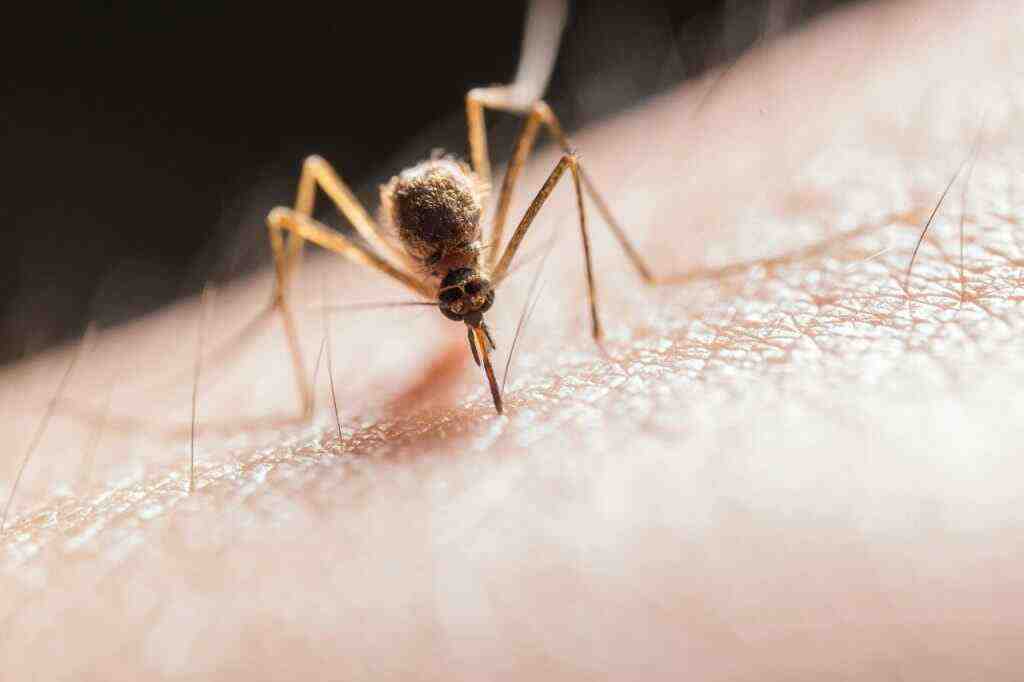Mosquitoes Found to Transmit Buruli Ulcer Infection: Unraveling the Mystery of Flesh-Eating Bacterium
Unveiling the Culprits Behind Buruli Ulcer Transmission
For decades, the medical world has been baffled by the enigmatic transmission of Buruli ulcer, a devastating bacterial infection that wreaks havoc on human flesh. Now, a groundbreaking study conducted by Australian researchers has finally unmasked the culprits responsible for spreading this flesh-eating bacterium: mosquitoes.
Buruli Ulcer: A Flesh-Eating Nightmare
Caused by the insidious bacterium Mycobacterium ulcerans, Buruli ulcer manifests as excruciating skin ulcers that can rapidly deteriorate into extensive tissue destruction. If left untreated, this infection can lead to permanent disability and even death. Buruli ulcer primarily afflicts tropical and subtropical regions, with cases reported in over 33 countries worldwide. While rare in the United States, travelers returning from endemic areas occasionally bring the infection back, serving as a stark reminder of its global reach.
Mosquitoes: The Unlikely Vectors of Buruli Ulcer
Prior to this groundbreaking study, scientists had long suspected mosquitoes as potential vectors of Buruli ulcer, but concrete evidence remained elusive. However, the new study, published in the esteemed journal Nature Microbiology, provides irrefutable evidence that mosquitoes, specifically the Aedes notoscriptus species, are the primary transmitters of the disease in southeastern Australia, a region that has witnessed a recent surge in Buruli ulcer cases.
Unraveling the Mosquito-Buruli Ulcer Nexus
Over a meticulous five-year period (2016-2021), researchers embarked on an extensive investigation, meticulously collecting and analyzing over 65,000 mosquitoes in the Mornington Peninsula region of southeastern Australia. Their focus centered on the Aedes notoscriptus species, known for its unsavory role in disease transmission.
By meticulously comparing the genetic makeup of M. ulcerans samples obtained from possums, human patients, and mosquitoes, the researchers established an undeniable link between the bacterium and its insect vector. Furthermore, a thorough analysis of the mosquitoes’ blood meals revealed that they had feasted on both humans and possums, providing compelling evidence that mosquitoes were the culprits spreading M. ulcerans from animals to humans through their bloodthirsty bites.
Implications for Disease Control and Prevention: A Path Forward
The revelation of mosquitoes as the vectors of Buruli ulcer marks a pivotal moment in our understanding of this debilitating disease. Armed with this newfound knowledge, public health experts can now devise targeted strategies to reduce mosquito populations and mitigate the risk of infection.
Recommended interventions include implementing mosquito surveillance programs, screening for M. ulcerans, employing effective mosquito control measures, and launching public health campaigns to raise awareness about the importance of avoiding mosquito bites. These multifaceted approaches hold the potential to significantly reduce the incidence of Buruli ulcer and protect vulnerable populations from this devastating infection.
Conclusion: A New Chapter in Buruli Ulcer Management
The identification of mosquitoes as the vectors of Buruli ulcer represents a monumental leap forward in our fight against this flesh-eating bacterium. This groundbreaking discovery empowers scientists, public health officials, and communities to collaborate in developing effective strategies to combat the spread of Buruli ulcer and safeguard vulnerable populations from infection. With this newfound knowledge, we can collectively work towards a future free from the fear of Buruli ulcer.
